Murado & Elvira + Enrique Krahe
Clara Murado (ES)
Juan Elvira (ES)
Enrique Krahe (ES)
MURADO & ELVIRA ARCHITECTURE AND DESIGN
Clara Murado (ES), architectJuan Elvira (ES), architect
Collaborators: M. Antón, V. Bosch, C. Gutierrez
Calle Méjico 15, 3C, 28028 Madrid – España
www.muradoelvira.com
muradoelvira on Facebook, Instagram and Behance
ENRIQUE KRAHE ARQUITECTOS
Enrique Krahe (ES), architectCollaborators: J.Isla, J. Longhi, A. Montero
Calle Méjico 15, 3C, 28028 Madrid – España
www.enriquekrahe.es
enriquekrahe on Behance

E. Krahe, C. Murado., J. Elvira
When did you win Europan? On which site and in which country? How was the team formed by then? Please describe the main ideas of your project?
E9, Trondheim (NO) – "MySpace"
Team: Clara Murado, Juan Elvira, Enrique Krahe
We won Europan 9 in Trondheim (NO) on the topic of Sustainable Cities and New Public Spaces. It was the furthest site North on that edition, definitely far away from Madrid where we were based back then. We were attracted by the program that called for an innovative student housing complex linked to the university campus and the riverside promenade.
The team was formed by two different offices: Murado & Elvira and Krahe,so we became MEK for that specific occasion. Lots of meetings and discussions and some good collaborators helped the project to go along.
The main purpose of the project was to rethink the spaces for interaction from situations of extreme intimacy to those of extroversion and collaboration. In order to achieve a collective-driven atmosphere, students share a flexible lounge and self-managed ‘ultrakitchen’ for 116 students, a 24/24 social condenser. This way of structuring common space through collective actions as a means to strengthen the bonds within the newly established community impel students to come up with rules, responsibilities and unexpected ways of counterbalancing interests.
Did your project have any follow-up? If yes, which one and how? Did this step have a learning effect for you as far as the process is concerned? If yes, which one? If not, why did the project not go further?
Fortunately our proposal did have a follow-up and was finally built. MySpace –as it was named for the competition–is today part of the streets of Trondheim and people refer to it as the Teknobyen Residence after the neighbourhood name.
The project had a long and complex process until its implementation. We had a first phase working directly with the client to adapt the proposal to the final program and the different local regulations. For the development phase, we collaborated with a local office, Link-Signatur.
Professionally speaking, the process was highly formative due to the high number of agents involved (Trondheim’s Municipality, Sit, Link, NCC, neighbour representatives, Europan itself and some more). All of them positively contributed to the project. We need to say here that Europan Norway had an absolutely key role in the successful outcome of the project, and we will always be grateful to them for this reason.
The experience was very important in our view of the architectural practice and in the way we design today.
Did winning Europan launch the creation of a professional structure and if so, which structure and with whom?
Not exactly in our case. MEK is a sort of joint venture (Juan Elvira & Clara Murado + Enrique Krahe) and we already had quite a lot of experience working together as a team. For already several years we had been involved in projects in different fields – from editorial (we were appointed editors of Oeste architecture magazine for four seasons), to curatorial (art and architecture exhibitions), educational (conducting workshops at different universities) or related to architectural design. Nevertheless, the project rewarded for Europan 9 in Trondheim was our first building completion as MEK as well as our first complete experience abroad.
Did winning Europan have a label effect for you after the competition (acknowledgement by clients, call to participate to competitions or direct order)? If yes, how? Do you feel being part of a “Europan generation” and if so, why?
For us becoming Europan winners is more a disciplinary recognition. We have been asked to give lectures, show our work or take part in juries within academic and professional circles, but we unfortunately have not yet been invited by decision makers –based on our Europan performance– to take part in any urban development, tender call or building competition. Probably the European recession has had a role on this fact…
On the other hand, there has been already quite a lot of discussion on the “Europan label“ subject; and as a matter of fact, it seems like there is in fact such a label. Such factors as the high ambition of the organisation, the coordination among national chairs, the broad extension of shared interests, the high standards in the outcome, the reliability on the jury members, the previous and following interregional discussions or the high visibility of the proposals… make Europan a unique call, which sexiness (and therefore sense of “affinity“ rather than “generation“) becomes difficult to avoid.
Did the issue developed in your winning project act as a baseline for the later development of your work? If yes, how? And more specifically in which projects –implemented or not?
In MySpace we tried to work with the potential users as an essential element of the project. The so called ‘idea’ of the project was a programmatic reinterpretation of the usual student housing organisation in the North of Europe. The basic intention was robust –a single shared space and very compressed areas of rooms around it– and it overcame all the contributions by the different agents involved in the project. The client even had a plan B for the building: it is designed to work as a hotel with minor changes in case it wasn’t a success. Fortunately it finally worked really well and our building is hugely popular among students. Also, although the building was somehow an ‘alien’ in the neighbourhood in formal terms, everyone appreciated the relationship of the volume with its surroundings.
These are the main issues we worked with there: shared creativity, programmatic reinterpretation, an idea of order that admits change and adaptation, and working with context but not being intimidated by it.
SHARED CREATIVITY
At the Tullamore Arts Centre competition (M+E) we proposed an ultra-flexible central void that was to be activated in many different ways, inside and outside the building. For the Baiona Library (M+E) –now under construction–the core of the project is again a big shared open space that compresses a belt around it, with smaller individual units.
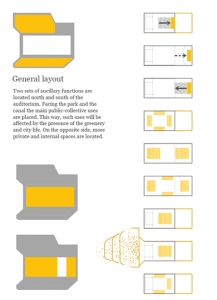 Arts Centre, Tullamore (IE) – Concept
Arts Centre, Tullamore (IE) – Concept
PROGRAMMATIC REINTERPRETATION
For the Varna Library competition (MEK), the overall organisation was based on a carefully section-based program that tried to challenge usual library conventions. In the same way the recently built Villalola (K) also deals with this antagonistic condition of highly specific mini-spaces Vs. open, flexible –and even movable– generic program.
WORKING WITH CONTEXT
In Haugerud (MEK) the city centre looks for a progressive occupation of the site and a whole new set of programs to add identity and value to the site.
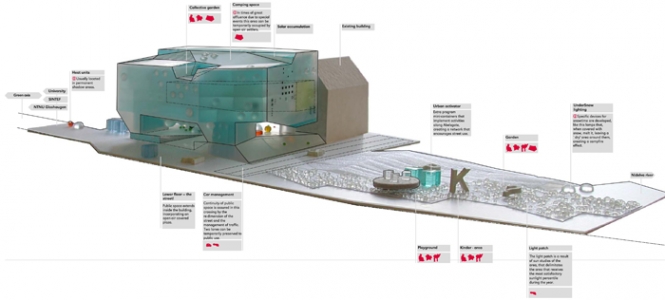 E9 Trondheim (NO) – Model
E9 Trondheim (NO) – Model
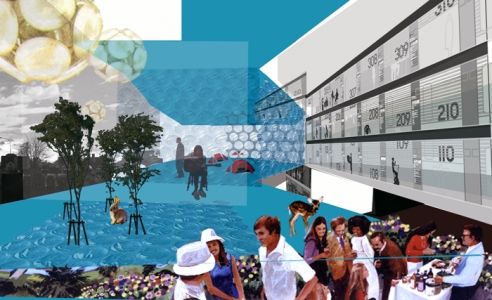 E9 Trondheim (NO) – Lounge view
E9 Trondheim (NO) – Lounge view
 E9 Trondheim (NO) – Photomontage
E9 Trondheim (NO) – Photomontage
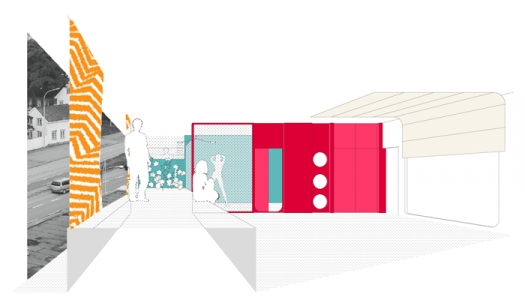 E9 Trondheim (NO) – Room interior
E9 Trondheim (NO) – Room interior
 E9 Trondheim (NO) – Room door panel information
E9 Trondheim (NO) – Room door panel information
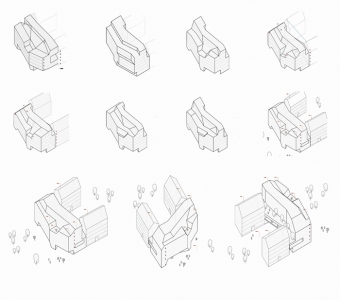 Trondheim (NO) – Volume study
Trondheim (NO) – Volume study
 Trondheim (NO) – General view © M. Herzog
Trondheim (NO) – General view © M. Herzog
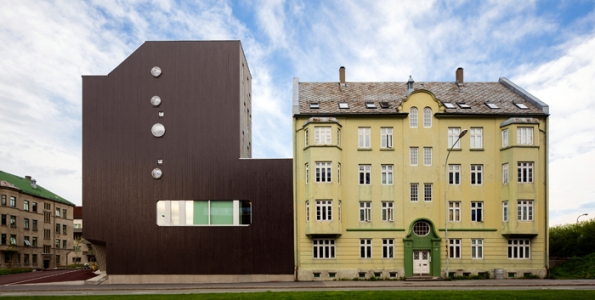 Trondheim (NO) – Gable © M. de Guzmán
Trondheim (NO) – Gable © M. de Guzmán
 Trondheim (NO) – Corridor workspace
Trondheim (NO) – Corridor workspace  Trondheim (NO) – View from courtyard
Trondheim (NO) – View from courtyard 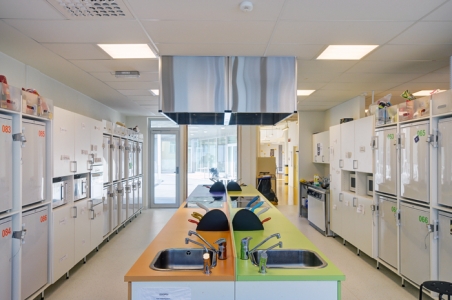 Trondheim (NO) – Shared kitchen © M. Herzog
Trondheim (NO) – Shared kitchen © M. Herzog
 Enrique Krahe Arquitectos office in Madrid
Enrique Krahe Arquitectos office in Madrid
 Enrique Krahe Arquitectos office in Delft
Enrique Krahe Arquitectos office in Delft
 Murado & Elvira Architecture and Design office in Madrid
Murado & Elvira Architecture and Design office in Madrid
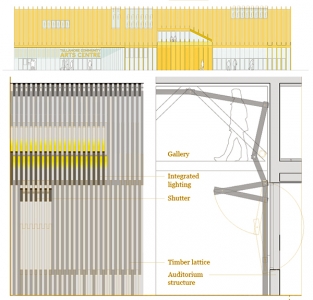 Arts Centre, Tullamore (IE) – North elevation &
Arts Centre, Tullamore (IE) – North elevation &  Arts Centre, Tullamore (IE)
Arts Centre, Tullamore (IE)
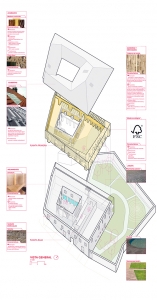 Library, Baiona (ES) – Sustainable material
Library, Baiona (ES) – Sustainable material Library, Baiona (ES) – Reading room & lecture hall
Library, Baiona (ES) – Reading room & lecture hall
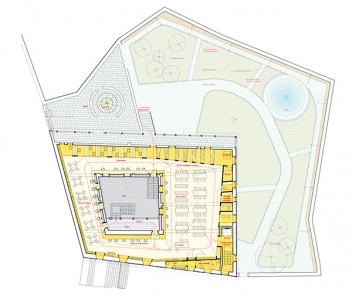 Library, Baiona (ES) – Big shared open space
Library, Baiona (ES) – Big shared open space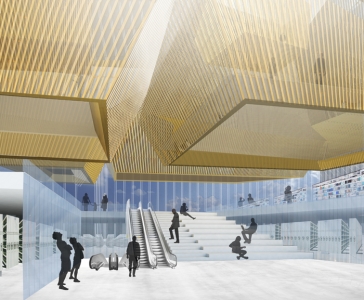 Library, Varna (BG) – View from the Media Centre
Library, Varna (BG) – View from the Media Centre 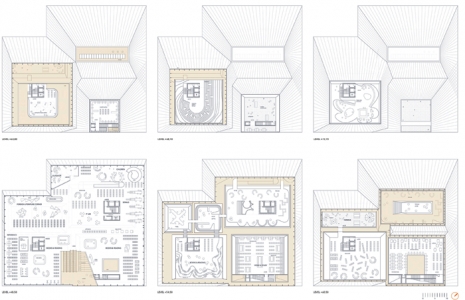 Library, Varna (BG) – Levels/programs
Library, Varna (BG) – Levels/programs
 Flat, Villalola (ES) – Main entrance
Flat, Villalola (ES) – Main entrance
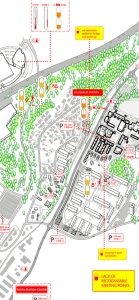 Haugerud (NO) – Urban diagnosis detail
Haugerud (NO) – Urban diagnosis detail
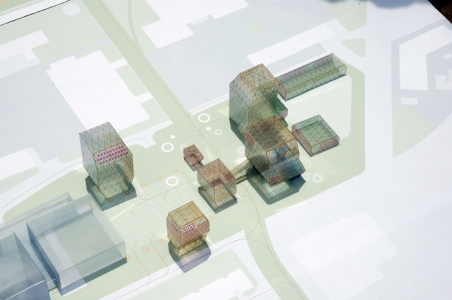 Haugerud (NO) – Model detail
Haugerud (NO) – Model detail
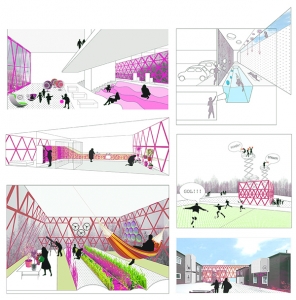 Haugerud (NO) – Project Storyboard
Haugerud (NO) – Project Storyboard